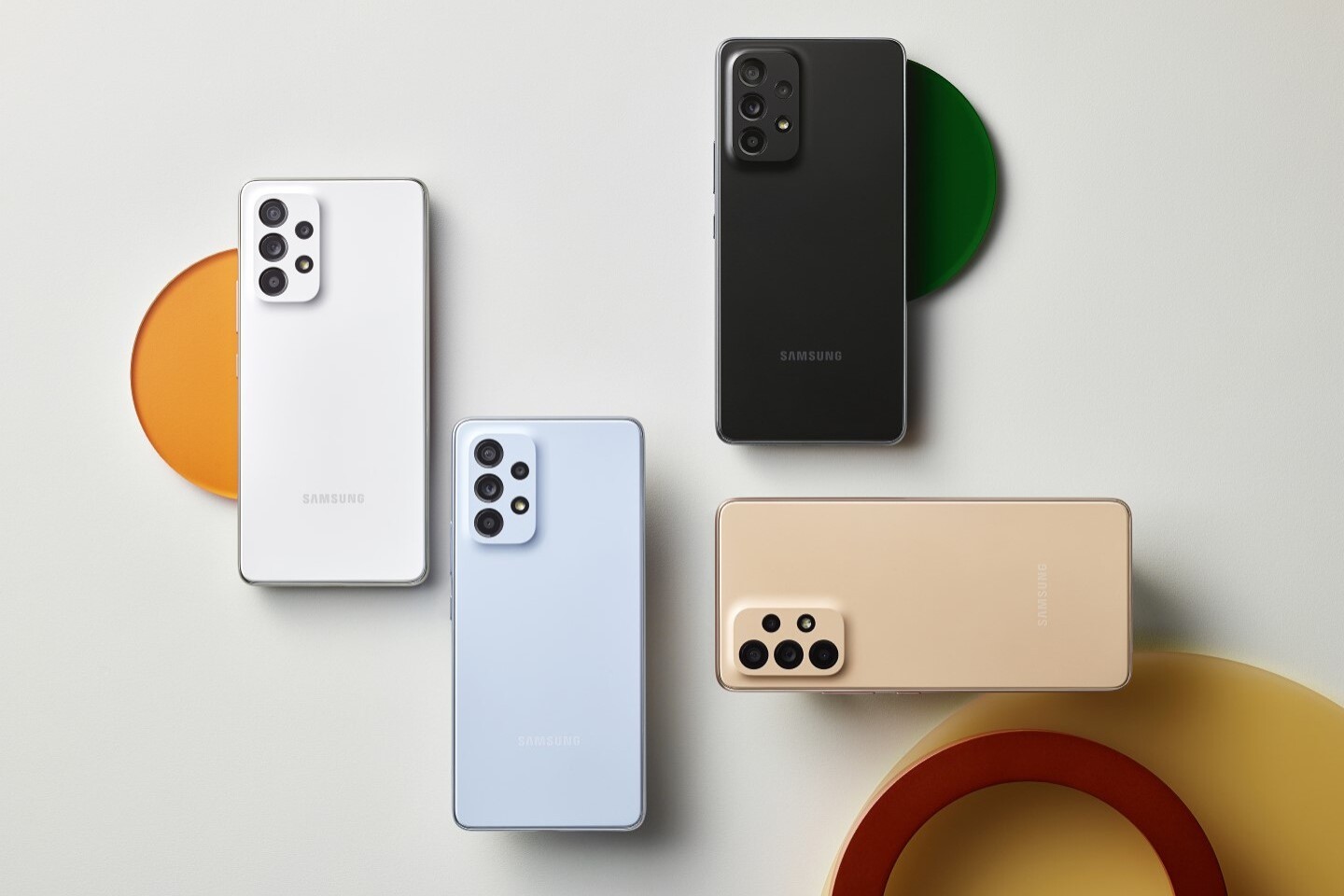
Introduction
The advent of dual-core processors in smartphones marked a significant milestone in mobile technology. These devices, capable of handling multiple tasks simultaneously, transformed the way users interacted with their phones. This article explores the history of dual-core Android phones, their advantages, and their impact on the smartphone industry.
The Early Days: First Dual-Core Android Phone
The first dual-core Android phone, the LG Optimus 2X, was announced in December 2010. Powered by Nvidia's Tegra 2 chip, it featured two Cortex A9 processors running at 1 GHz each. Initially set for release in South Korea in January 2011, plans included expansion to other regions like Asia and Europe, with a strong possibility of availability in the US market.
This introduction of the dual-core processor represented a major leap forward in smartphone technology. It promised faster, smoother web browsing and enhanced multitasking capabilities. Nvidia's Tegra 2 chip was designed to handle "heavy" tasks while consuming minimal power, allowing dual-core superphones to outlast regular smartphones even when running several applications.
Advantages of Dual-Core Processors
Dual-core processors brought several advantages to smartphones:
Multitasking
With two cores, devices could handle multiple tasks simultaneously without significant slowdown. Users could stream music or videos while playing games or browsing the internet without experiencing lag.
Performance
Dual-core processors provided a significant boost in processing power. This enabled smoother performance in graphically intensive applications like video recording and gaming. For instance, the Samsung Galaxy S2 and Motorola Razr featured 1.2 GHz dual-core processors, which significantly improved their performance compared to single-core devices.
Battery Life
One concern with dual-core processors was their potential to drain battery life. However, manufacturers implemented voltage scaling techniques to minimize power consumption. As a result, dual-core phones did not necessarily have shorter battery life. In fact, some devices like the LG Optimus 2X showed comparable or even better battery life compared to single-core phones.
Multimedia Capabilities
Dual-core processors enabled devices to handle multimedia tasks more efficiently. Features like 1080p video recording became common in high-end dual-core smartphones. This was particularly evident in devices like the Samsung Galaxy S2 and Motorola Razr, which featured high-resolution cameras capable of recording high-definition videos.
Impact on the Smartphone Industry
The introduction of dual-core Android phones had a profound impact on the smartphone industry:
Competition
The emergence of dual-core processors led to increased competition among manufacturers. Companies like Samsung, Motorola, and HTC quickly followed suit with their own dual-core offerings. This competition drove innovation and pushed manufacturers to improve their products.
Market Shift
Dual-core smartphones marked a shift in consumer expectations. Users began to demand more powerful devices capable of handling complex tasks efficiently. This shift led to a consolidation of features previously found in separate devices (like gaming consoles and laptops) into a single, portable package.
Technological Advancements
The development of dual-core processors accelerated technological advancements in mobile devices. Manufacturers continued to improve their designs, incorporating better displays, more storage, and advanced camera capabilities. For example, the Samsung Galaxy Nexus featured a 4.65-inch Super AMOLED display and a 5MP camera with 1080p video recording.
Software Optimization
The advent of dual-core processors necessitated software optimization to fully utilize the processing power. Android, in particular, saw significant improvements with the release of Honeycomb (Android 3.x), which was designed to take advantage of the Tegra 2 chip's capabilities.
Notable Dual-Core Android Phones
Several notable dual-core Android phones were released during this period:
LG Optimus 2X
As mentioned earlier, the Optimus 2X was the first dual-core Android phone. It featured Nvidia's Tegra 2 chip and was known for its performance and multimedia capabilities.
Samsung Galaxy S2
The Galaxy S2 was one of the most popular dual-core smartphones. It boasted a 1.2 GHz dual-core processor, 1 GB of RAM, and a 4.3-inch Super AMOLED Plus display. It also featured an 8MP camera capable of recording 1080p video.
Motorola Razr
The Motorola Razr was another high-end dual-core smartphone. It shared many specifications with the Galaxy S2 but had some unique features like resizable widgets and a slim design.
HTC Sensation
The HTC Sensation was driven by a 1.2 GHz dual-core processor and featured a large 4.3-inch display. It was known for its powerful performance and sleek design.
Final Thoughts
The introduction of dual-core processors in Android phones transformed the smartphone industry by providing faster, more efficient, and more capable devices. These advancements led to increased competition among manufacturers, driving innovation and pushing the boundaries of what was possible in mobile technology. Reflecting on this period, it is clear that dual-core Android phones played a pivotal role in shaping the modern smartphone landscape.
